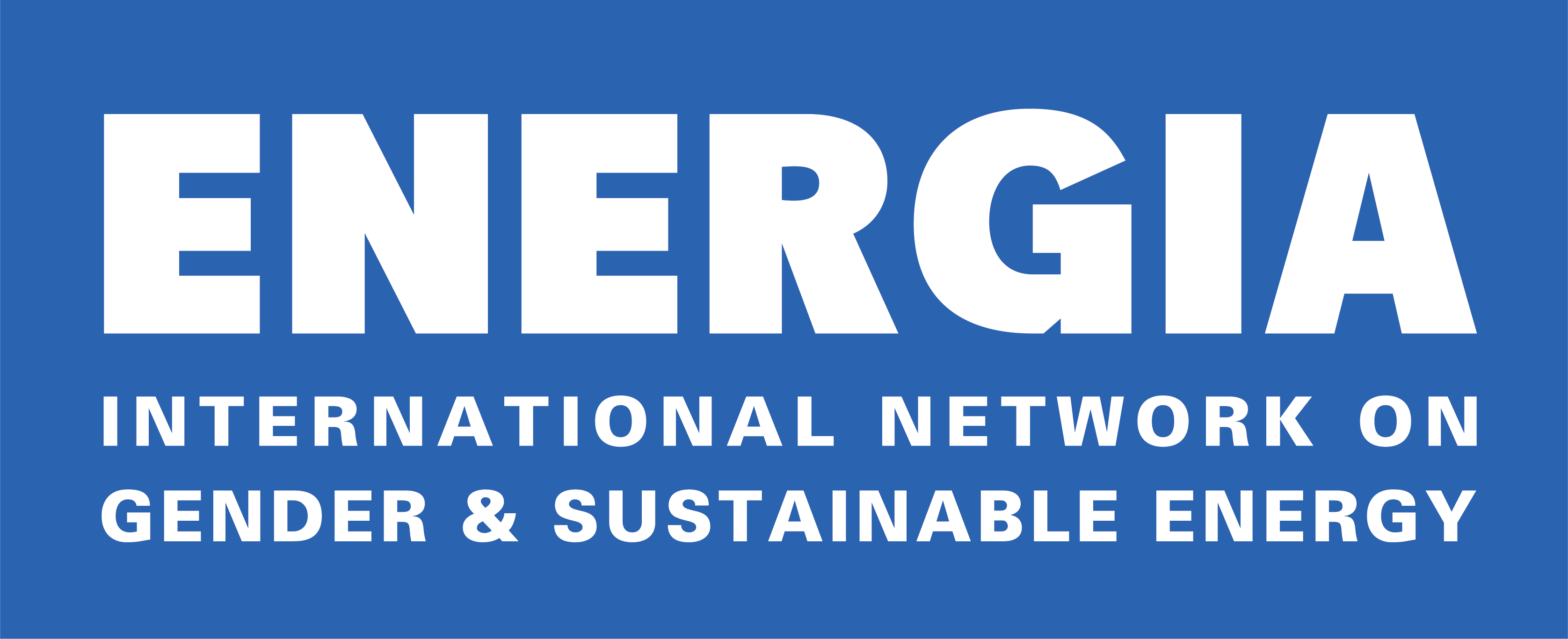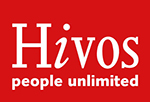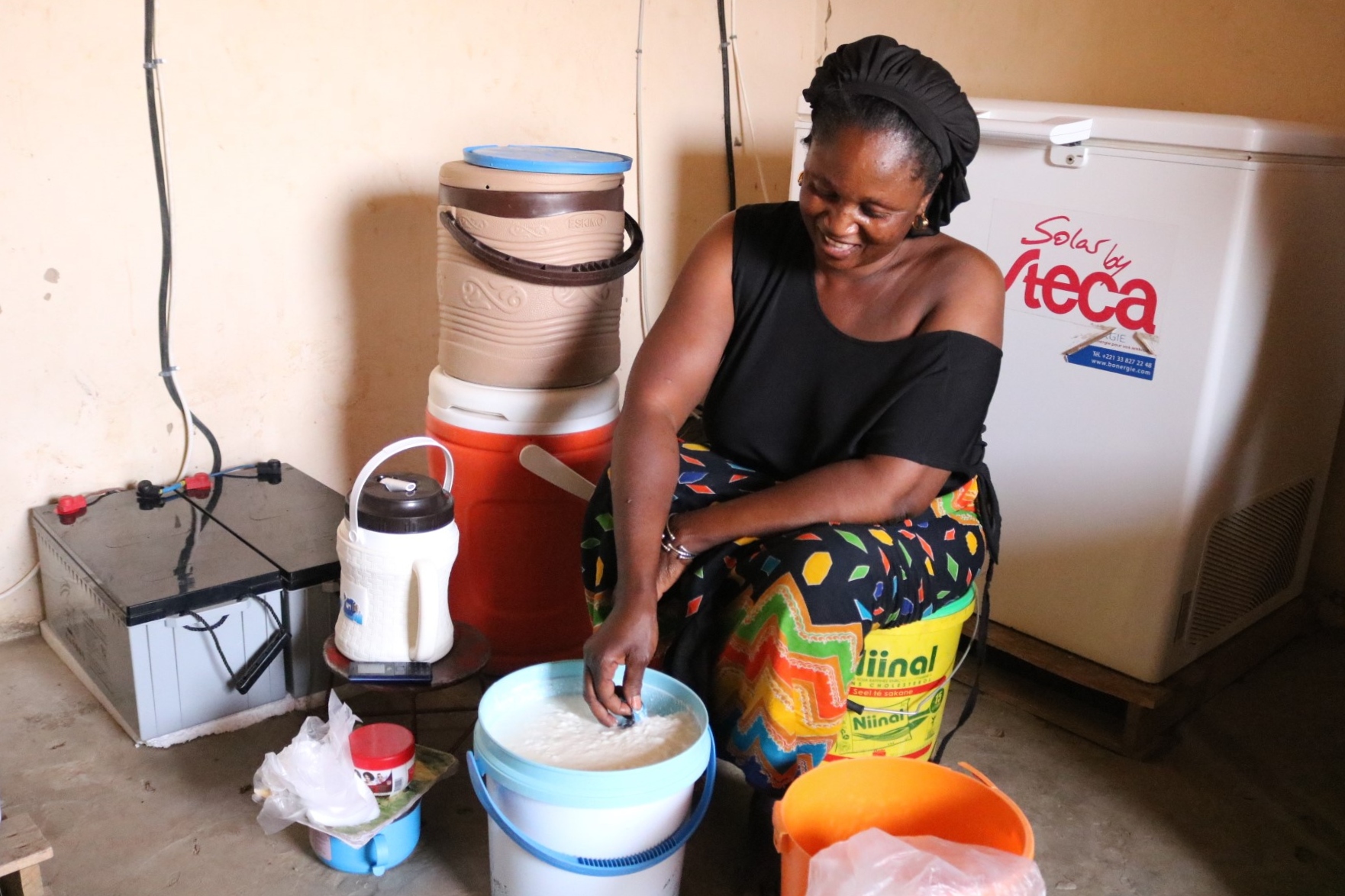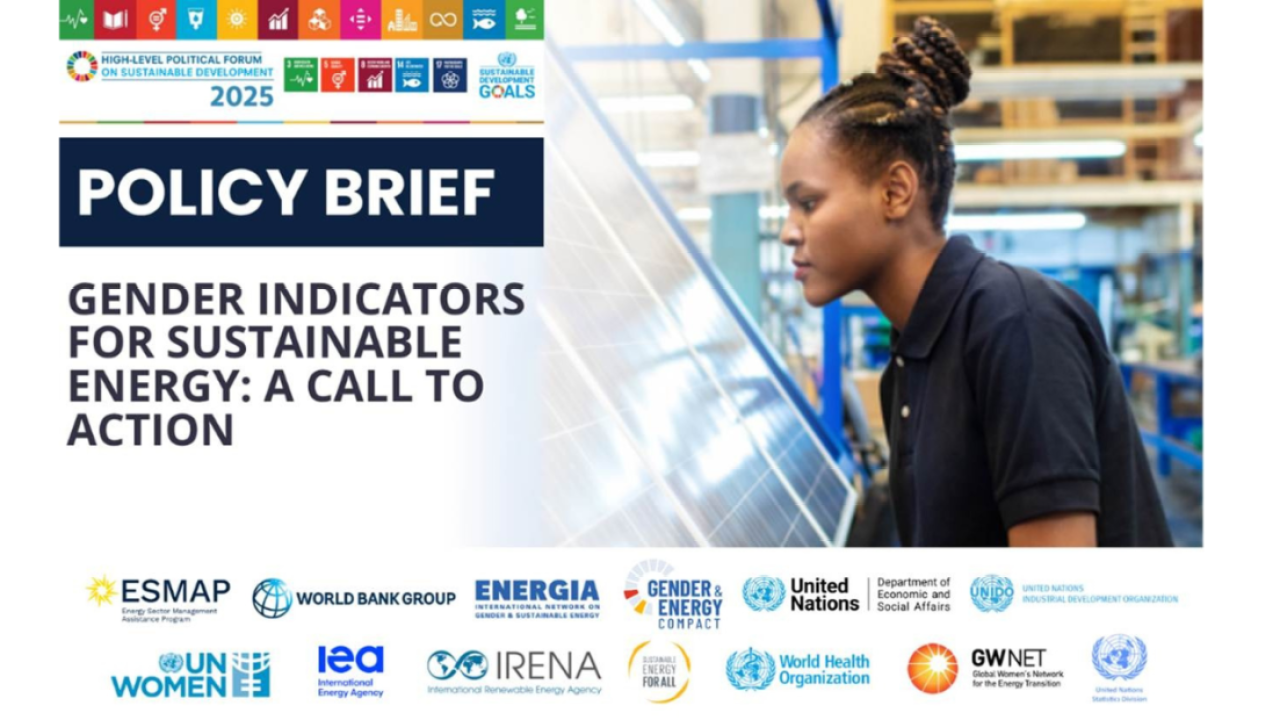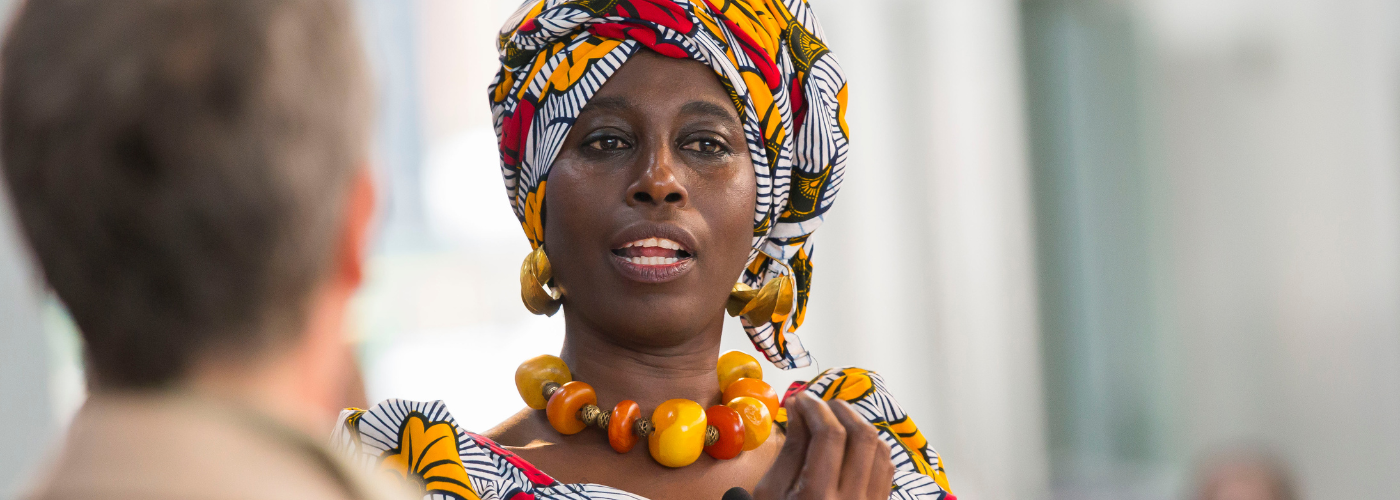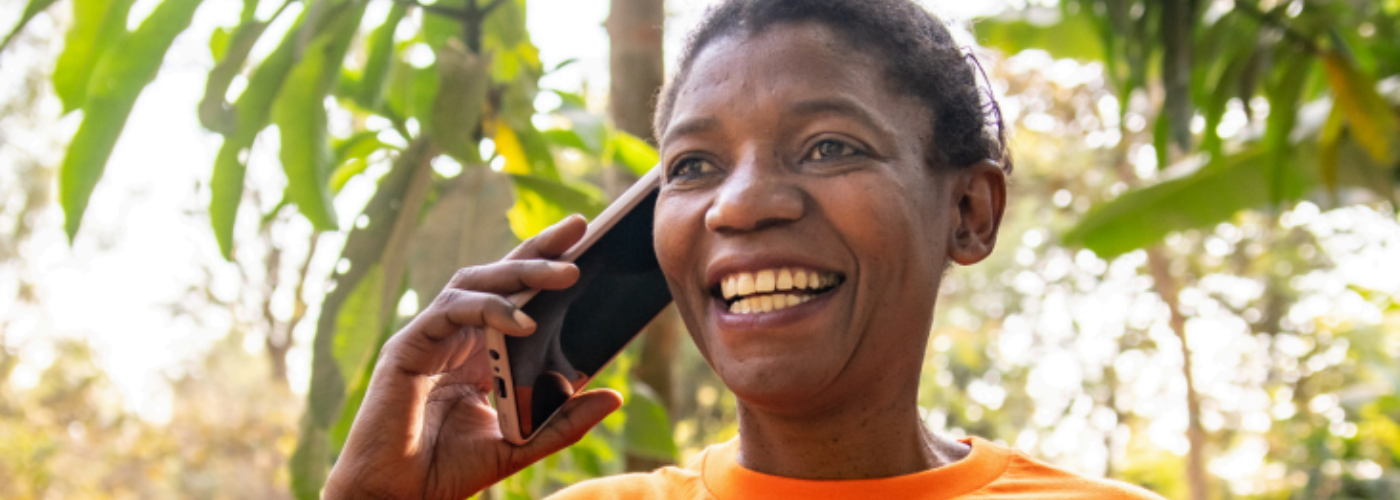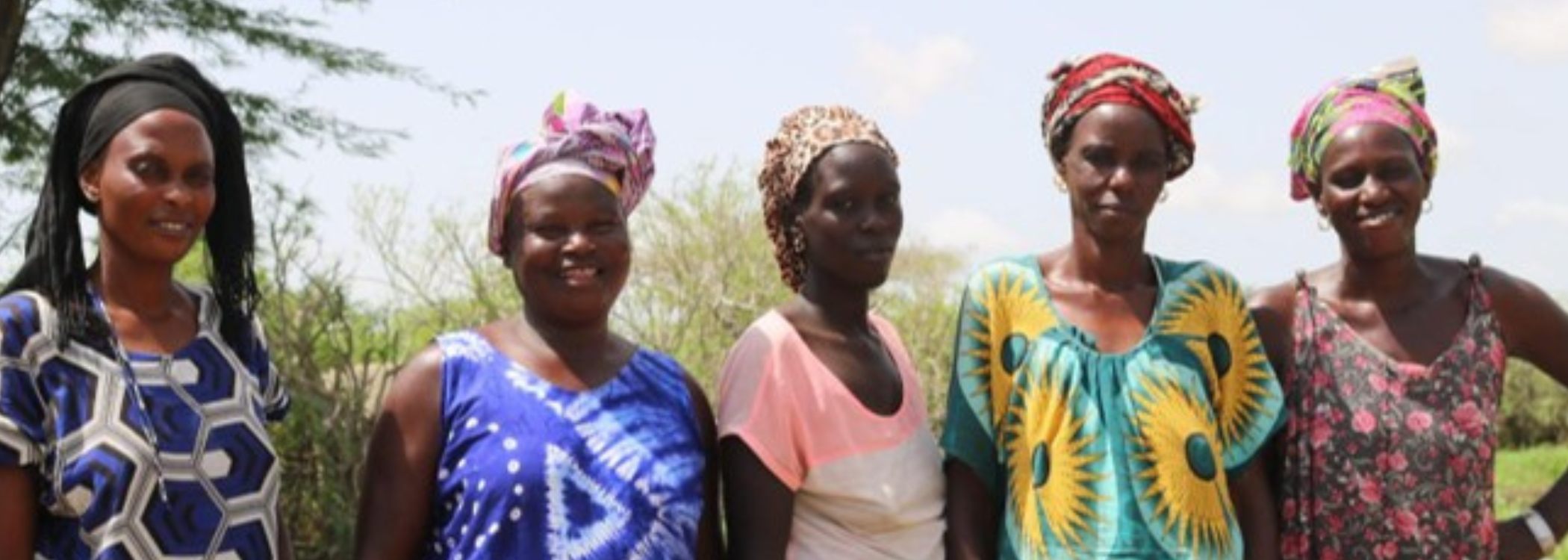The last six months have been riddled with uncertainty for Awa Sene. When the state of emergency in Senegal was lifted and life returned to a semblance of normality last autumn, she still faced operational and financial challenges.
Awa had started out as a grocer in her home village, then diversified into a much more profitable ‘cold trade’ business selling chilled and frozen food products, such as ice, natural fruit juices and dairy items, stored in a solar-powered freezer. However, the restrictions brought in at the start of the pandemic precipitated a sharp slump in sales. At the same time, the regulator in her freezer started malfunctioning, further reducing her cash flow. This combination of setbacks pushed Awa into a financially delicate situation: she had insufficient money in her contingency fund for repairs and maintenance of her freezers and with no choice but to put her cold trade on hold, only the sales of less perishable goods through her grocery kept Awa and her family afloat.
Awa’s investments to scale-up her business
In March 2021 though, things started to turn around. Awa managed to save enough money to replace the regulator and fix her freezer. Back in the frozen food business, Awa’s turnover quickly climbed back up to an average of USD 280 per month. Faced with strong demand for cold and frozen products, as the sole cold trader in her village and the surrounding areas, Awa discussed investing in a second solar-powered freezer with her Energy 4 Impact’s Business Mentor, Dominique Thiaw.
Awa was set upon expanding her market reach, so together they examined the size of the market, both in terms of volume and value. By analysing the various customer groups and their buying patterns, they devised sales forecasts for the next twelve months which averaged USD 500 per month. They then weighted these projected profits against other factors, such as the cost of a second freezer, the ongoing maintenance and repair costs of both units, and the uncertainty of the economy during the pandemic. From the analysis of the profit and expansion potential of her business, Awa and her mentor concluded that the time was right to scale-up her production of fruit juices and reach new untapped markets in the surrounding areas. According to the projections, Awa would be able to recover her investment within 10 months.
Therefore, in April 2021, Energy 4 Impact helped Awa source a good quality second-hand freezer which was selling at a heavily discounted price due to it having worn-out batteries. After negotiating a partial credit arrangement with the supplier, Awa made an advance payment of USD 921 towards the total cost of the freezer (USD 1,574) with the remaining USD 653 to be paid in 6 monthly instalments.
In addition, Awa received a cash injection from ENERGIA’s Covid-19 solidarity fund which subsidised 50% (or USD 460) of the cost of a set of two new batteries.
This gift is a lifeline for entrepreneurs like me who have ended up hitting a wall despite working so hard.
Solar-powered and conventional technologies
Providing good technical guidance to entrepreneurs who invest in new technologies is crucial to the success of their business. Papa Magatte Ly, Energy 4 Impact’s Technical Mentor, says: “Despite the technical breakdowns and battery failures that entrepreneurs like Awa sometimes experience, solar freezers remain a viable tool to generate a healthy income in rural off-grid areas. We found that these problems could often be prevented or minimised if the entrepreneurs follow the equipment use and maintenance procedures (for example by avoiding loading freezers beyond capacity), or if the components (batteries and regulators) are properly sized by the supplier, according to the use the entrepreneur makes of the unit.”
In addition, while cold storage powered by renewable energy can provide new income opportunities for people in rural, off-grid areas, it is also imperative to adapt these technologies to the use-case of each business. Solar refrigeration technologies are still in an early stage of development, so cannot yet fully compete with mains-powered AC freezers in terms of performance and efficiency for certain uses, such as ice production.
Papa Magatte Ly explains: “The available solar models are not best suited for ice production alone because their freezing capacity is rather limited in a hot climate, requiring up to three days to freeze a maximum of fourteen ice sachets. That’s why we recommend solar freezers to entrepreneurs who want to use them to store juice or fresh produce that require less time and can be sold at higher prices. We have also now started to experiment with the use of conventional AC freezers, powered by photovoltaic systems, which we believe could better meet the diverse needs of our entrepreneurs and prove to be a valid alternative to the solar freezers.”
Lessons learned
With two fully working solar-powered freezers, Awa serves up to 360 customers per day and can now meet local demand for high quality juices and dairy products. She has also recently employed the services of a neighbour to help her with both production and sales.
“My business diversification strategy is finally paying off,” says Awa, “as I’m able to meet the demands of my community for fresh or frozen food products as well as groceries. This experience has taught me two important lessons. First, never overload the freezer to the point of damaging it, no matter how tempting it is to make all my customers happy; and secondly, resist the call to reinvest all I earn into my businesses and always set aside a sufficient sum of money for maintenance and repair.”
Awa is excited to see what the future holds for her business.
Now I’m where I wanted to be a year ago before the pandemic derailed my expansion plans. I’m looking forward to fulfilling the potential of my business at last.
This story has been developed by our partner Energy 4 Impact as part of our Women’s Economic Empowerment Program.
